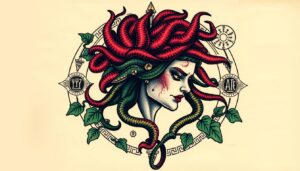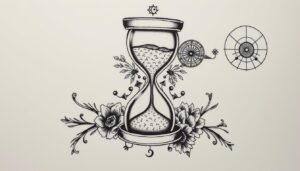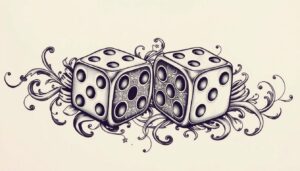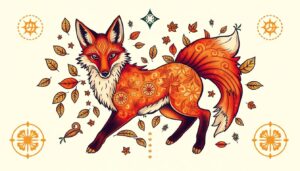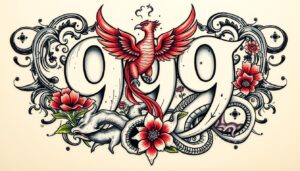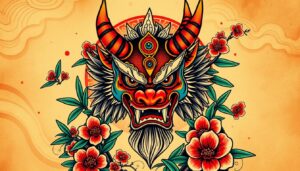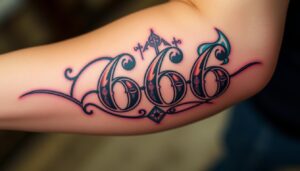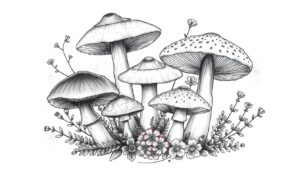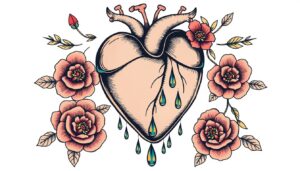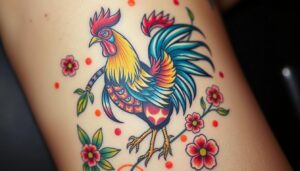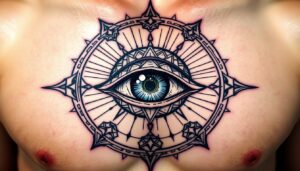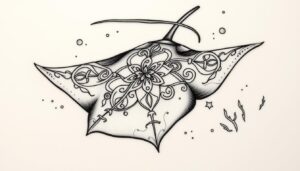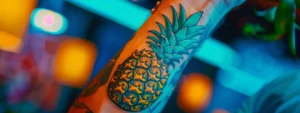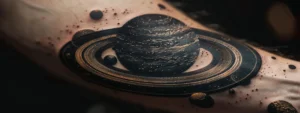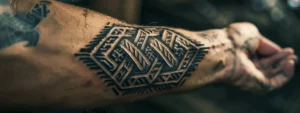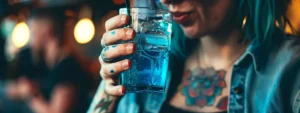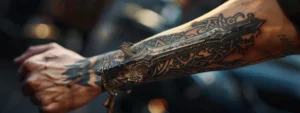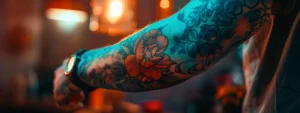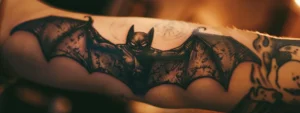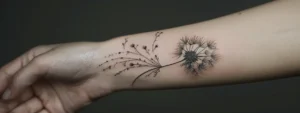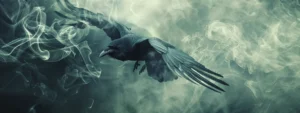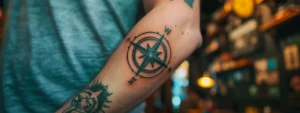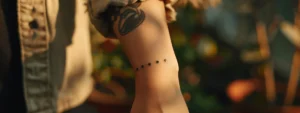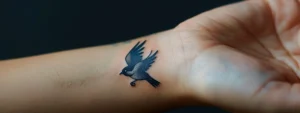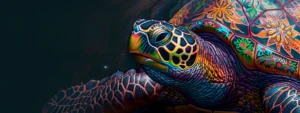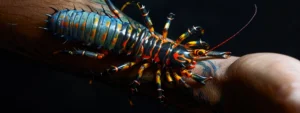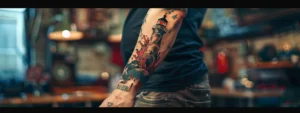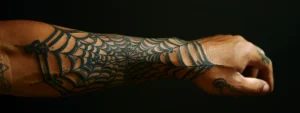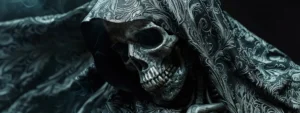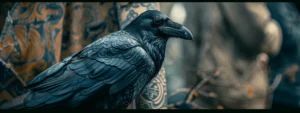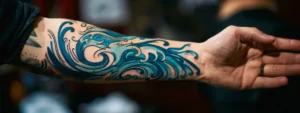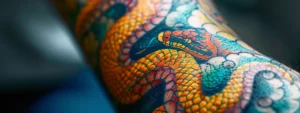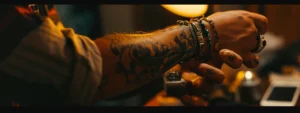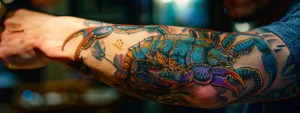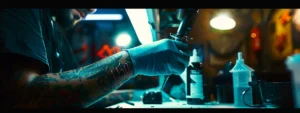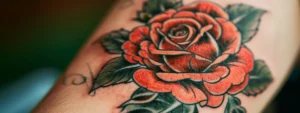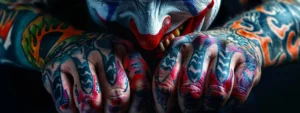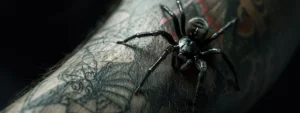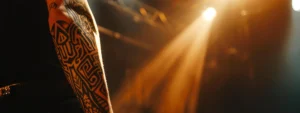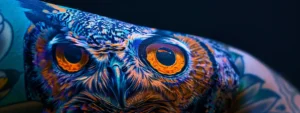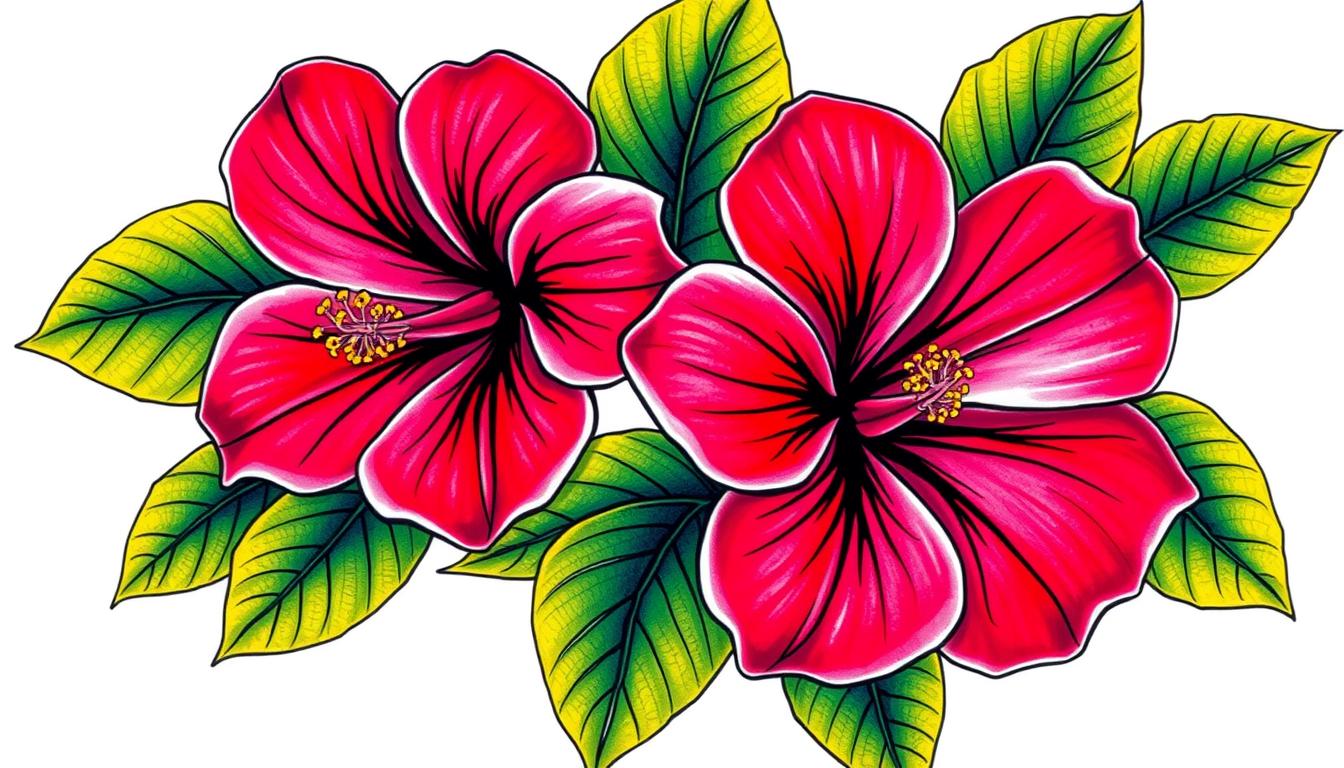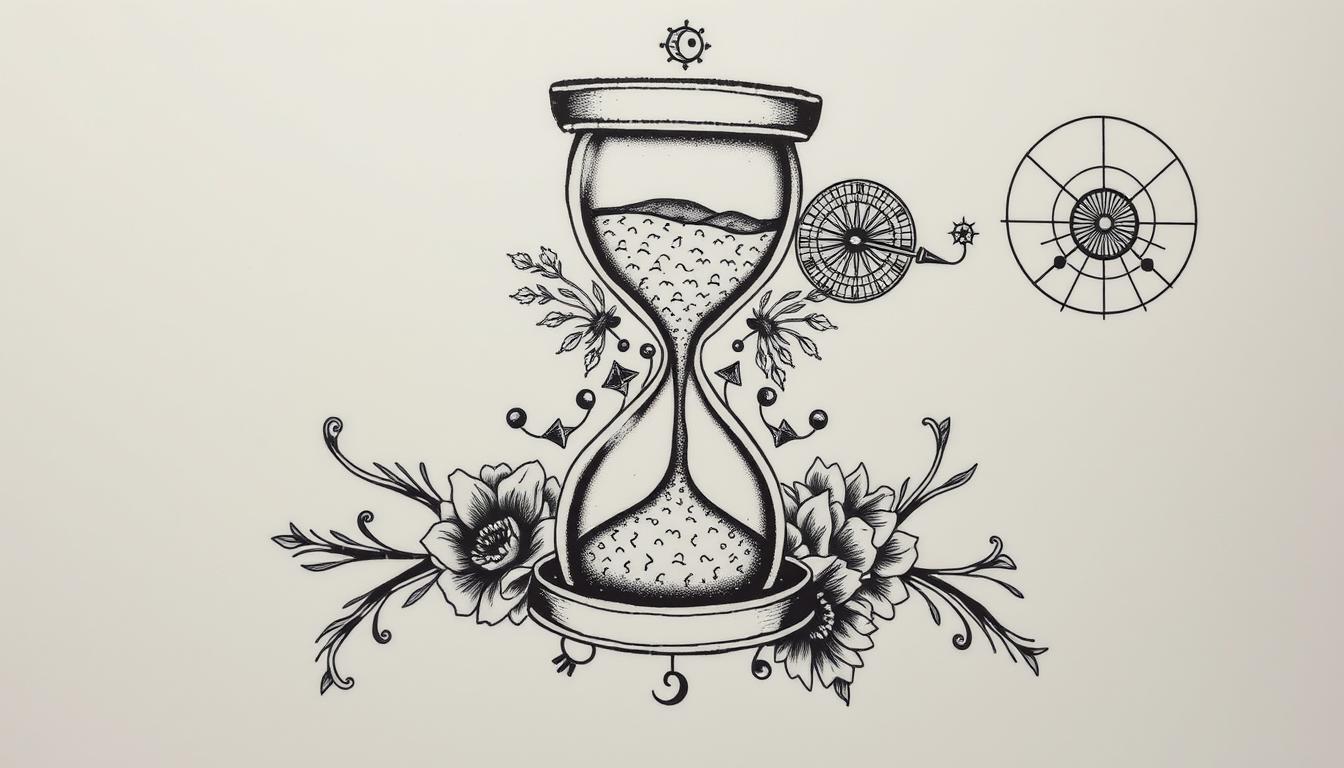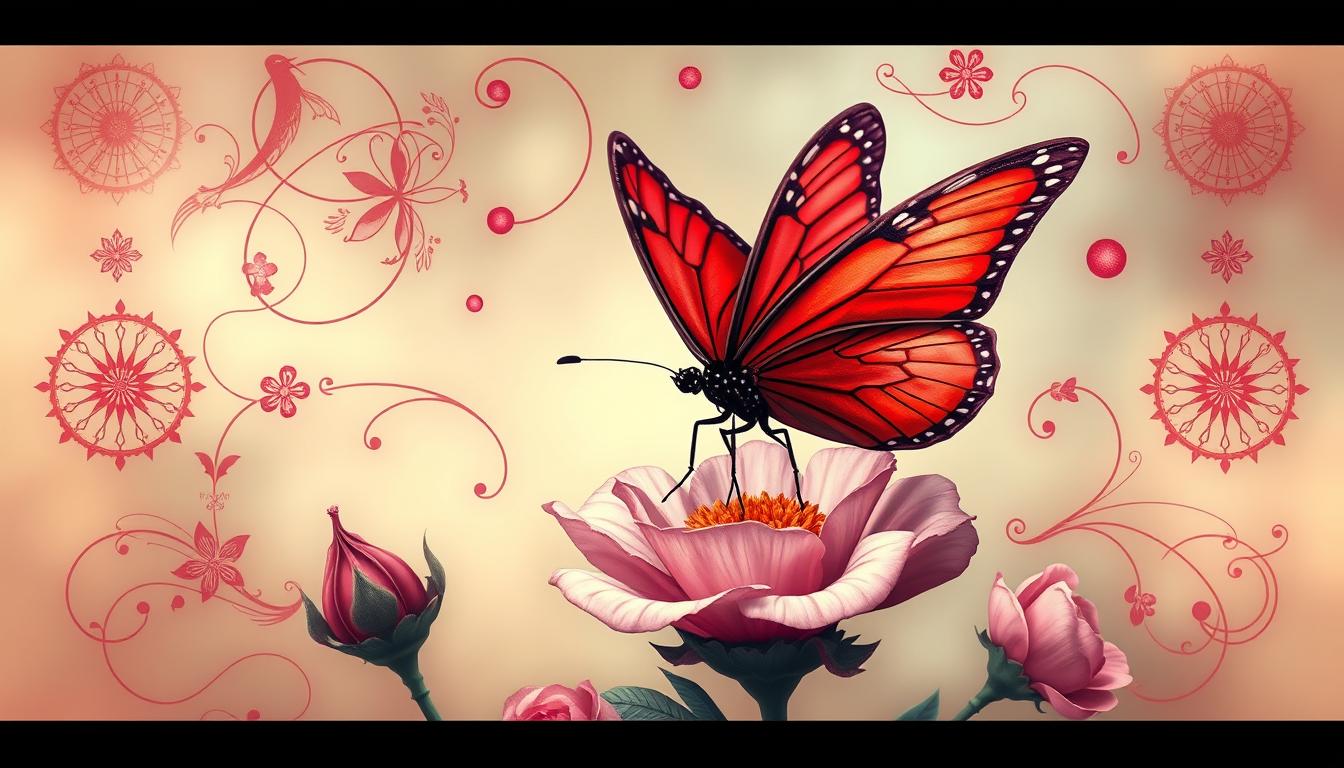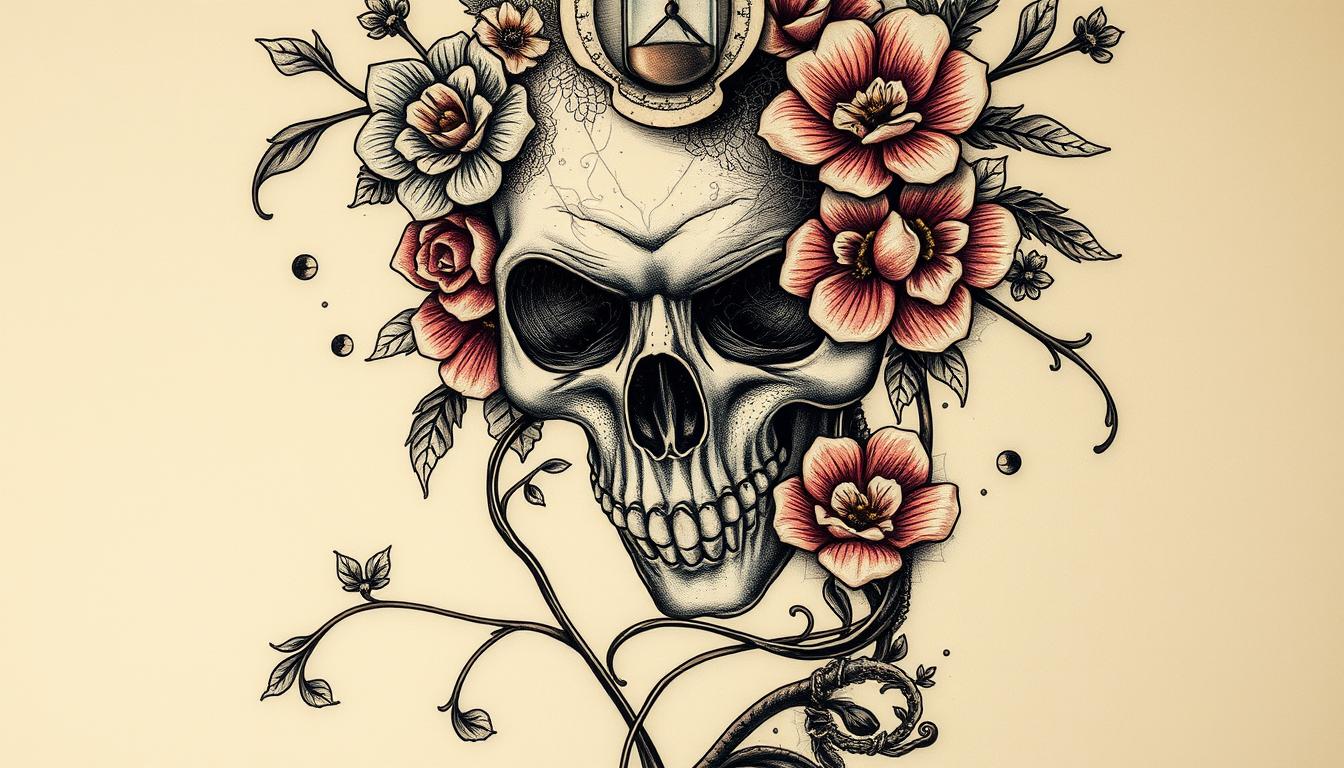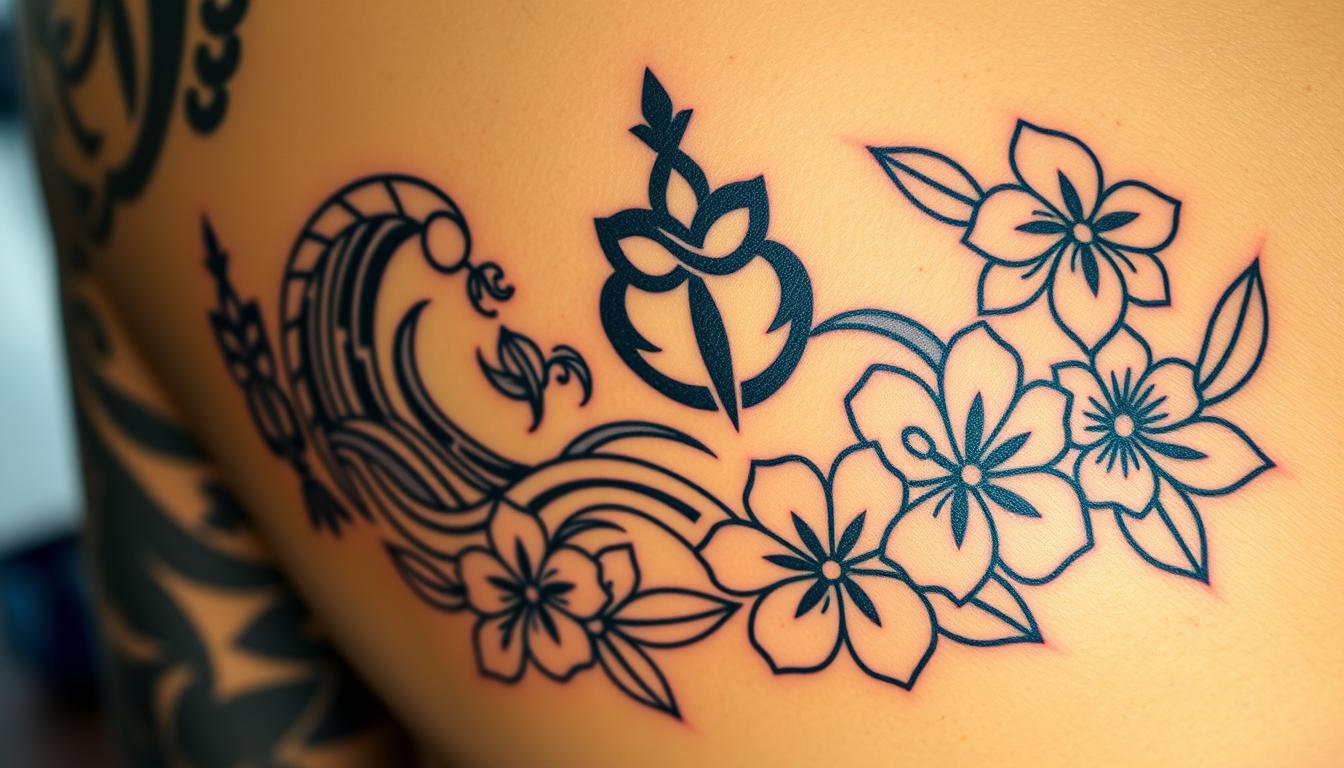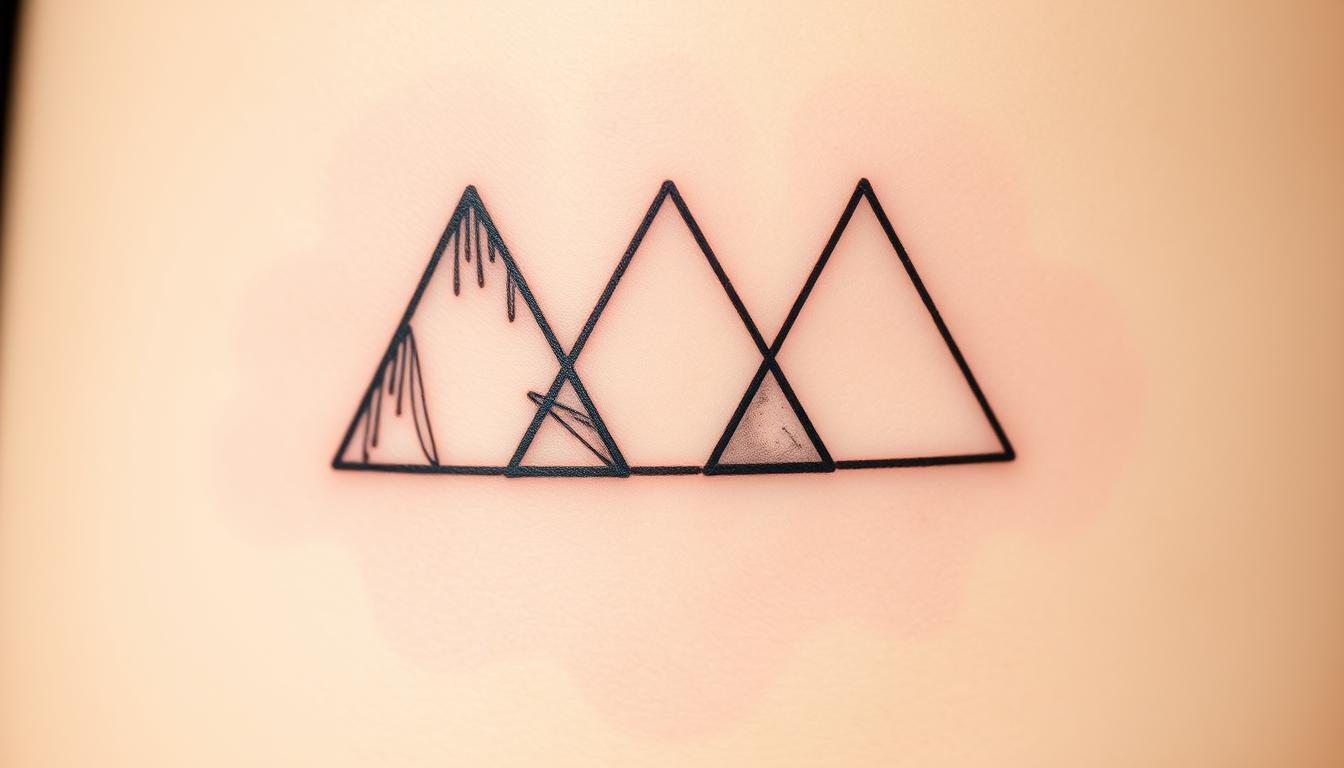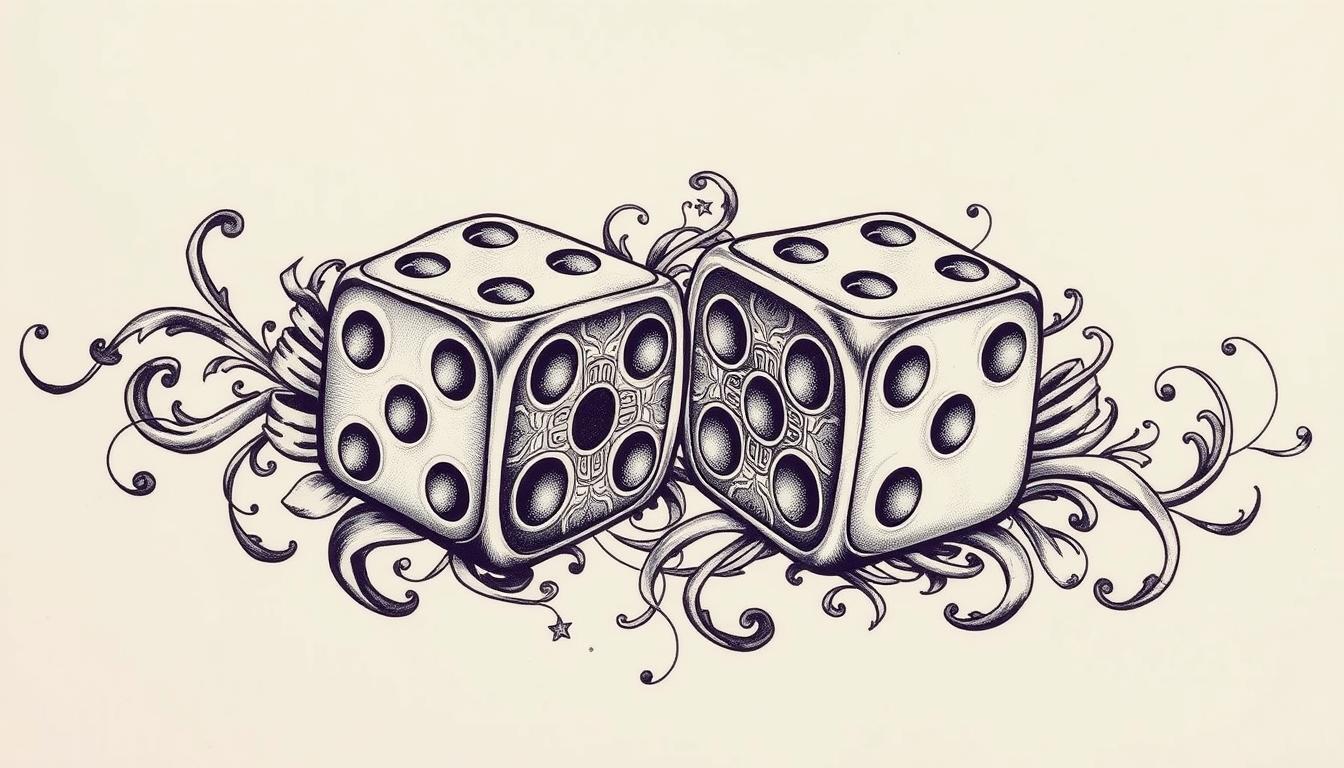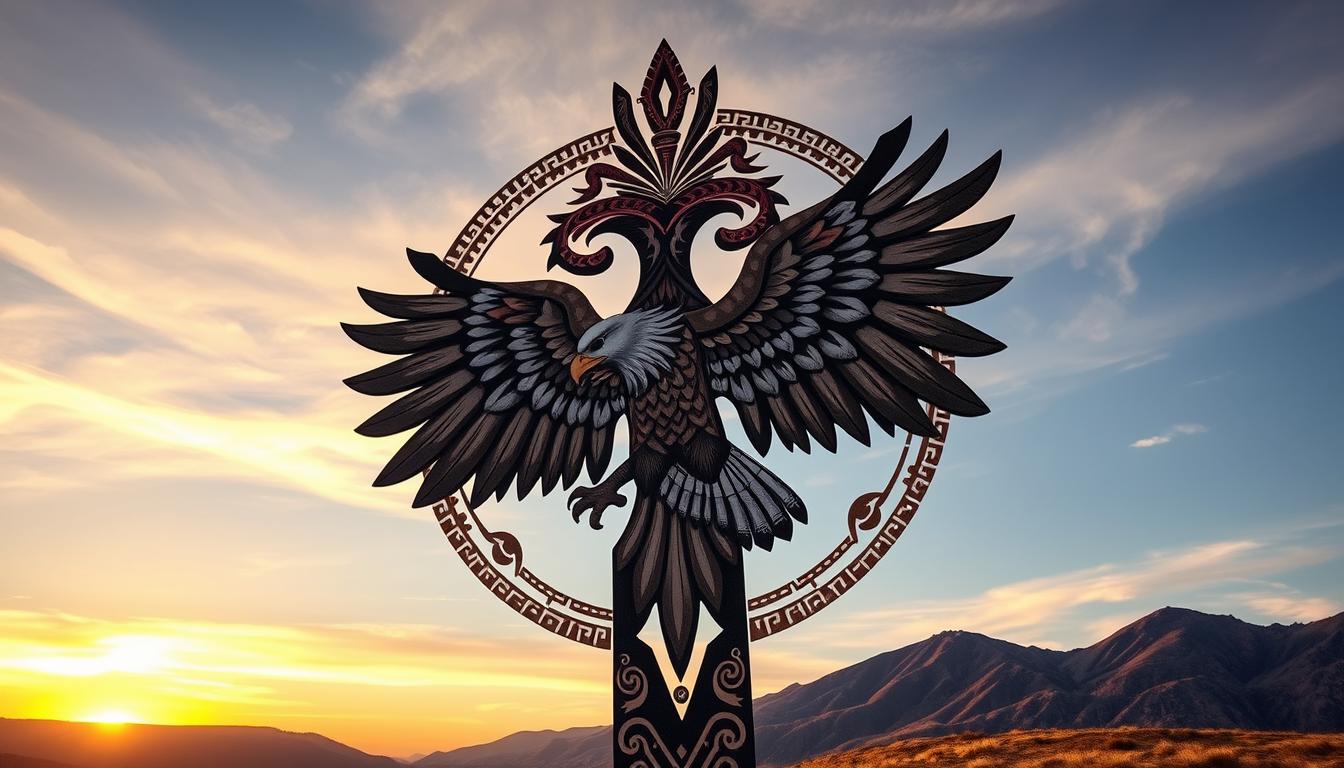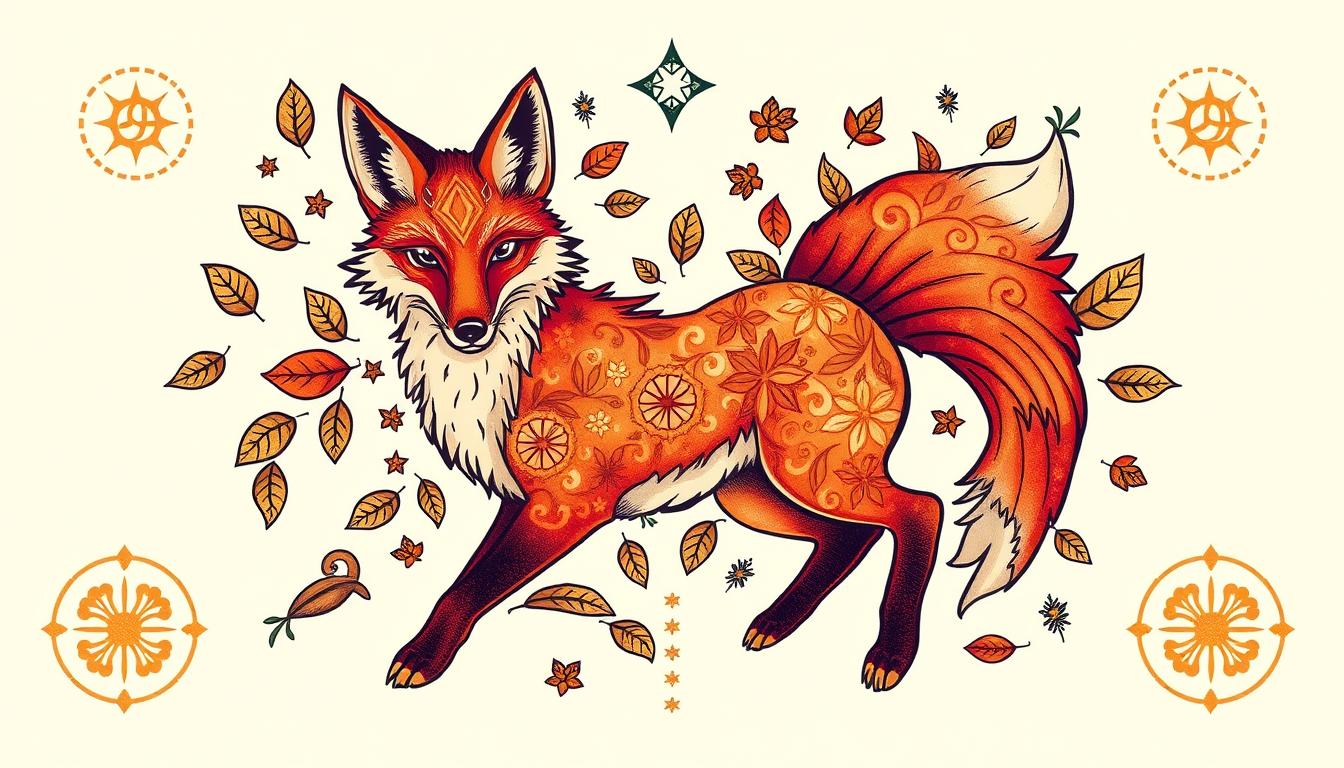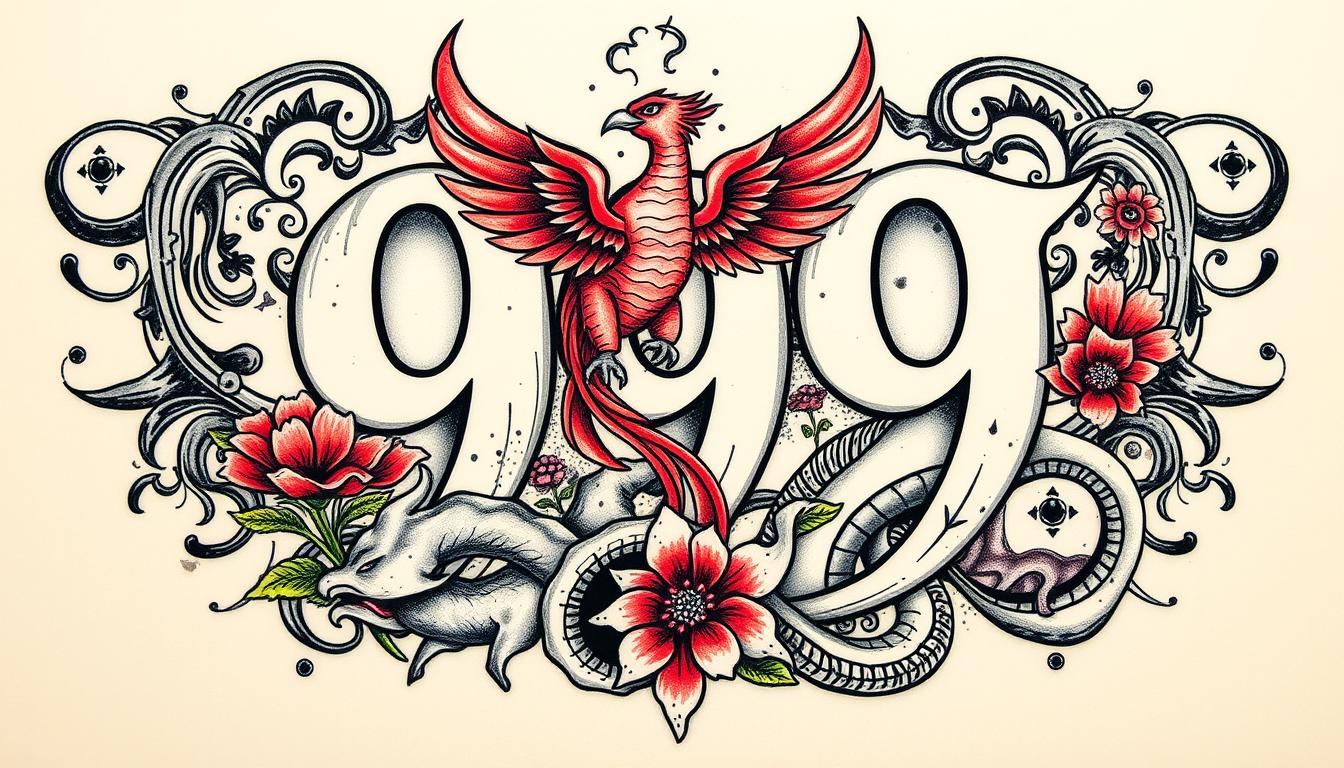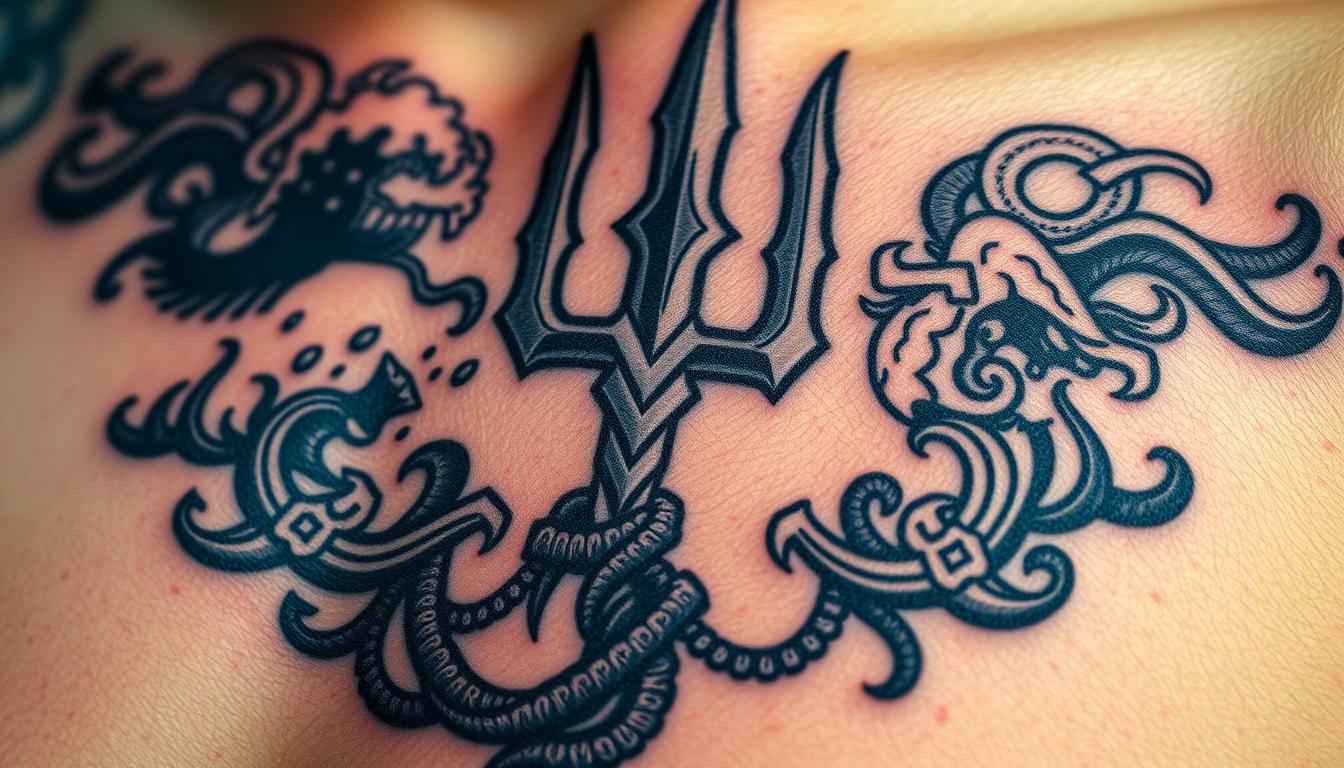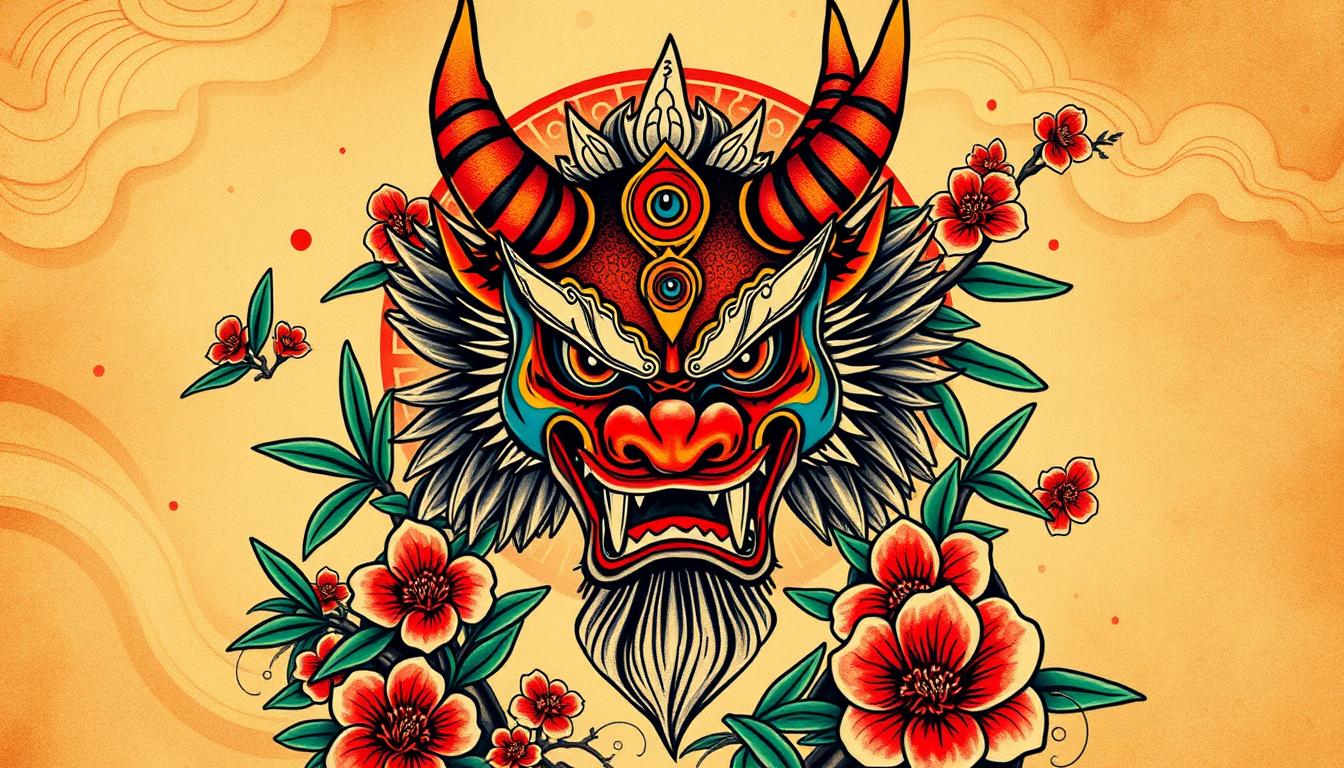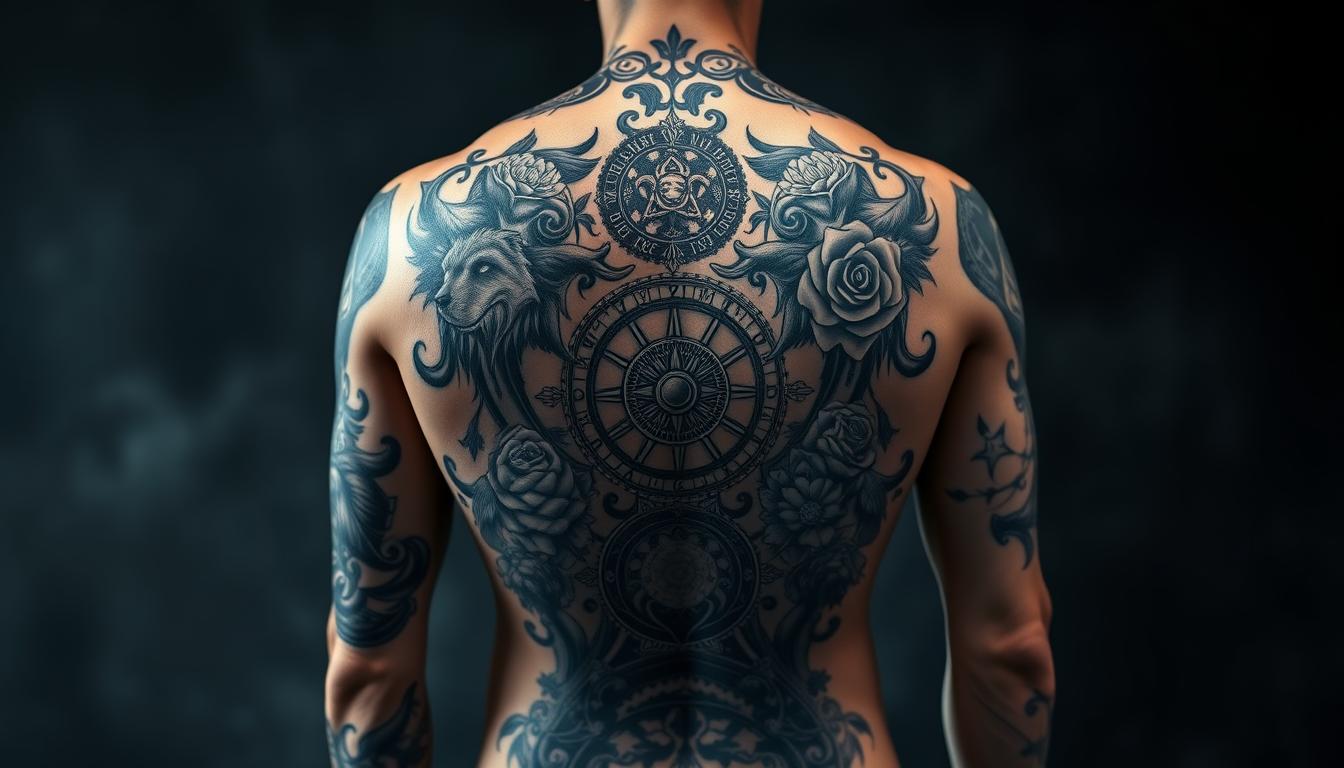Spiderweb tattoos often evoke strong reactions, but their meanings are more complex than many realize. This article explores the origins, symbolism, and modern interpretations of spider web tattoos. We’ll examine their historical connection to prison culture, debunk common misconceptions, and discuss how these designs have evolved into diverse forms of personal expression. Whether you’re considering getting inked or simply curious about tattoo symbolism, you’ll gain insights into the multifaceted nature of this iconic design.
Key Takeaways
- Spiderweb tattoos originated in prison culture but have evolved to have diverse meanings across cultures
- Perceptions of spiderweb tattoos have shifted, with younger generations viewing them as artistic expressions
- Modern spiderweb tattoos symbolize personal struggles, resilience, and life’s complex journeys
- Spiderweb tattoo designs offer diverse artistic possibilities, from minimalist to intricate styles
- Consider symbolism, placement, and cultural implications before getting a spiderweb tattoo
The Historical Origins of Spiderweb Tattoos
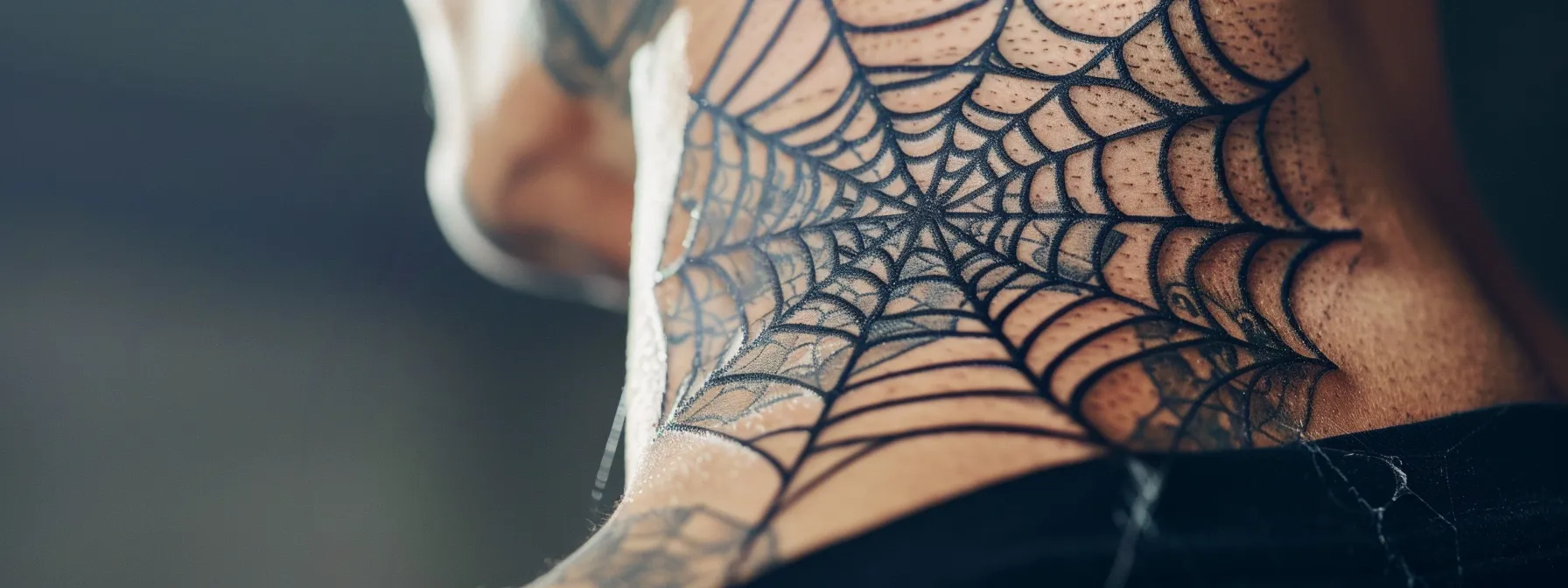
Spiderweb tattoos have a rich history rooted in prison culture, symbolism across various cultures, and evolving meanings over time. Often seen on the neck, these tattoos have transformed from markers of incarceration to popular designs with diverse interpretations. This section explores the origins and changing significance of spiderweb tattoos in different contexts.
Early Associations With Prison Culture
Spiderweb tattoos originated in prison culture as a symbol of time served. Inmates would get these tattoos, typically on the elbow, to represent long periods of incarceration. Each ring of the web signified one year behind bars, serving as a visual record of their sentence. This practice became widespread in correctional facilities across the United States, establishing the spiderweb as a recognizable mark of criminal history.
Symbolism in Different Cultures
Spiderweb tattoos hold diverse meanings across cultures, extending beyond their prison origins. In Native American traditions, spiderwebs symbolize protection and good luck, often incorporated into dreamcatchers. Some European folklore associates spiderwebs with fate and destiny, viewing them as intricate life maps. These cultural interpretations have influenced the perception of spiderweb tattoos, adding layers of significance beyond their initial prison connotations.
Evolution of the Tattoo Over Time
Spiderweb tattoos have undergone significant changes in meaning and perception over time. Initially associated with prison culture, these designs now appeal to a broader audience, appearing in various styles and locations on the body. Modern interpretations often focus on the artistry of the web pattern, symbolizing life’s interconnectedness or personal struggles. This evolution reflects changing societal attitudes towards tattoos and the reinterpretation of traditional symbols in contemporary culture.
Breaking Down Common Misconceptions
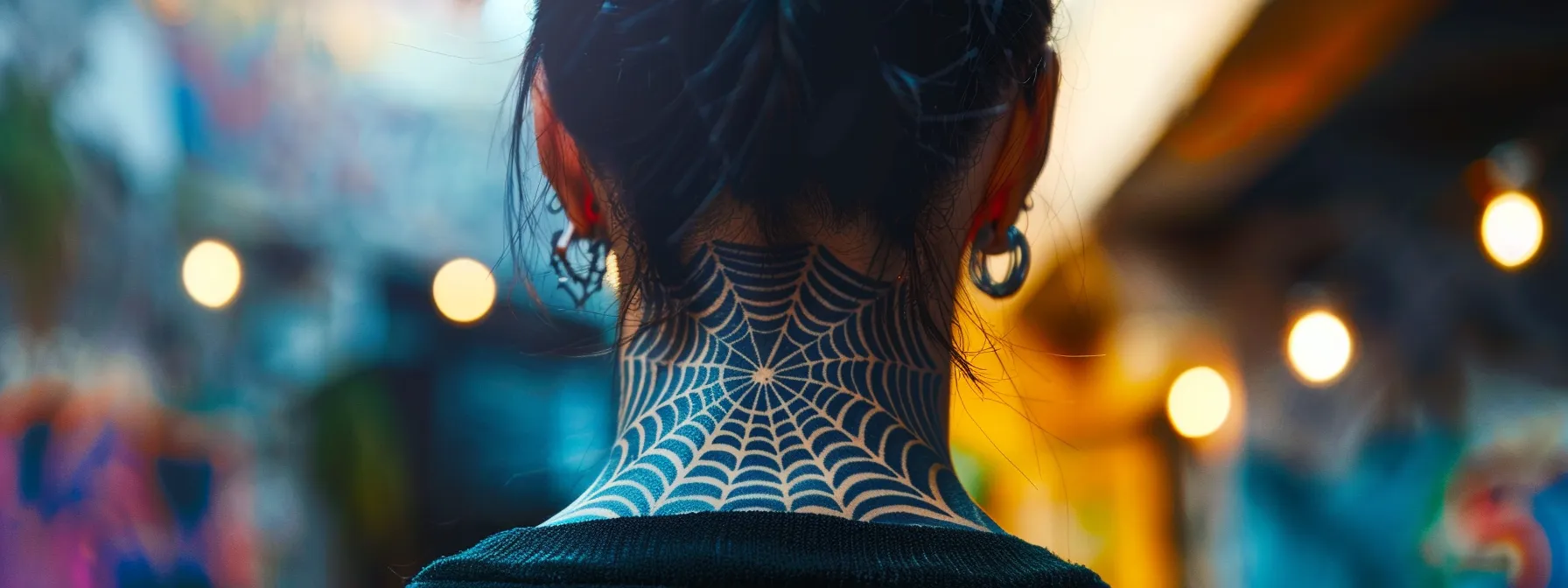
This section addresses common misconceptions surrounding spiderweb tattoos, examining stereotypes associated with these designs and how perceptions have evolved across generations. It explores the shifting cultural attitudes towards spiderweb tattoos, from their origins in prison culture to their broader acceptance in contemporary society.
Stereotypes Surrounding Spiderweb Tattoos
Spiderweb tattoos have long been associated with criminal backgrounds, leading to stereotypes about the wearer’s character or past. Many people assume these tattoos indicate prison time or gang affiliations. However, this perception oversimplifies the diverse meanings and motivations behind choosing a spiderweb design. Modern tattoo enthusiasts often select this pattern for its aesthetic appeal or personal symbolism, challenging outdated assumptions about its significance.
Shifts in Perception Across Generations
Generational perceptions of spiderweb tattoos have shifted significantly over time. Older generations often associate these tattoos with criminal backgrounds, while younger generations view them as artistic expressions or symbols of personal struggle. This change reflects broader societal trends towards tattoo acceptance and reinterpretation of traditional symbols. As tattoo culture becomes more mainstream, the stigma surrounding spiderweb designs continues to diminish, with many young people embracing them for their aesthetic appeal rather than their historical connotations:
| Generation | Perception of Spiderweb Tattoos |
|---|---|
| Baby Boomers | Often associated with criminal history |
| Generation X | Mixed views, some stigma remains |
| Millennials | Increasing acceptance, seen as artistic |
| Generation Z | Widely accepted, viewed as trendy design |
Modern Interpretations and Symbolism
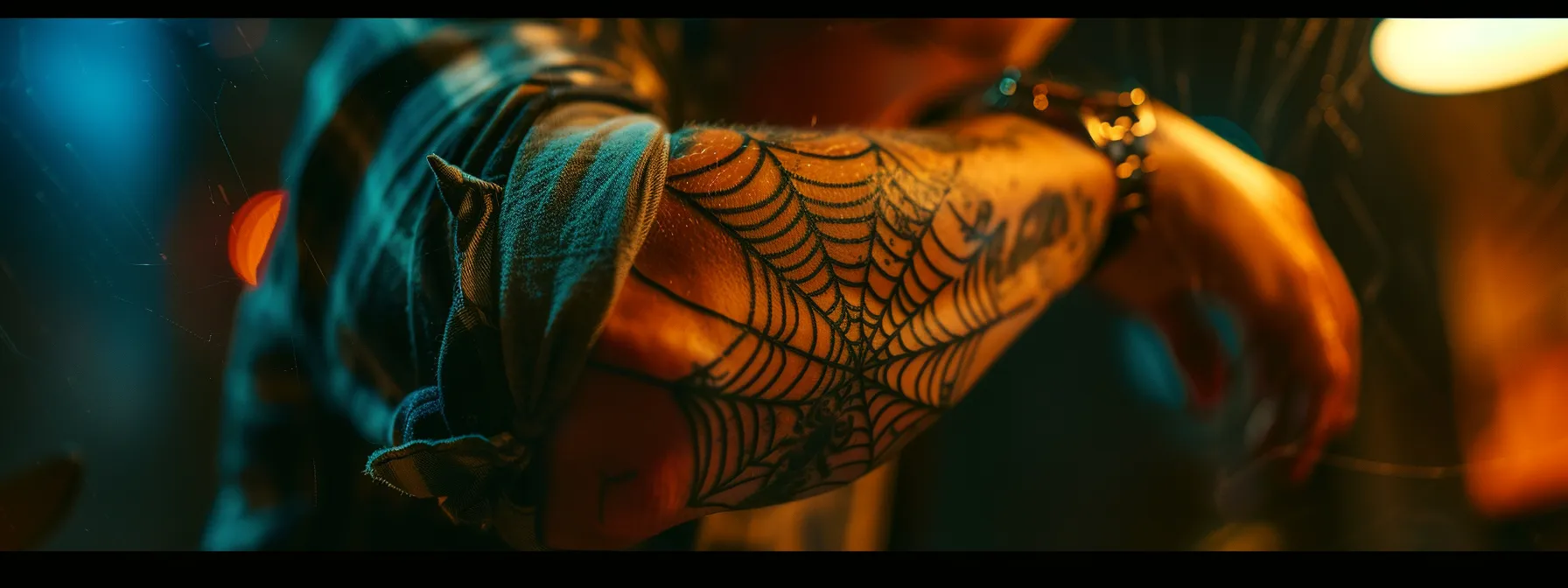
Modern spiderweb tattoos have evolved beyond their historical associations, now symbolizing personal struggles, resilience, and life’s complex journeys. These designs offer individuals a way to express their unique experiences and perspectives through body art. This section explores contemporary interpretations of spiderweb tattoos, highlighting their significance in representing personal growth and individuality.
Representing Personal Struggles and Resilience
Spiderweb tattoos have evolved to symbolize personal struggles and resilience in modern interpretations. Individuals choose these designs to represent overcoming obstacles, with each strand of the web signifying a challenge conquered. The intricate pattern serves as a metaphor for life’s complexities, reflecting the wearer’s ability to navigate difficult situations and emerge stronger.
Signifying Life’s Complex Journeys
Spiderweb tattoos have become popular symbols for representing life’s complex journeys. The intricate patterns of a web mirror the interconnected paths and decisions individuals face throughout their lives. Many choose this design to reflect the non-linear nature of personal growth, with each strand representing different life experiences or relationships. The web’s ability to catch and hold elements also symbolizes the accumulation of wisdom and memories along one’s journey.
Embracing Individuality Through Ink
Spiderweb tattoos offer individuals a unique canvas for self-expression, allowing them to embrace their individuality through ink. These designs can be customized with various elements, colors, and styles to reflect personal tastes and experiences. Many tattoo enthusiasts choose spiderweb motifs to showcase their creativity and stand out from traditional tattoo designs, making a bold statement about their identity and artistic preferences.
Personal Narratives and Meanings
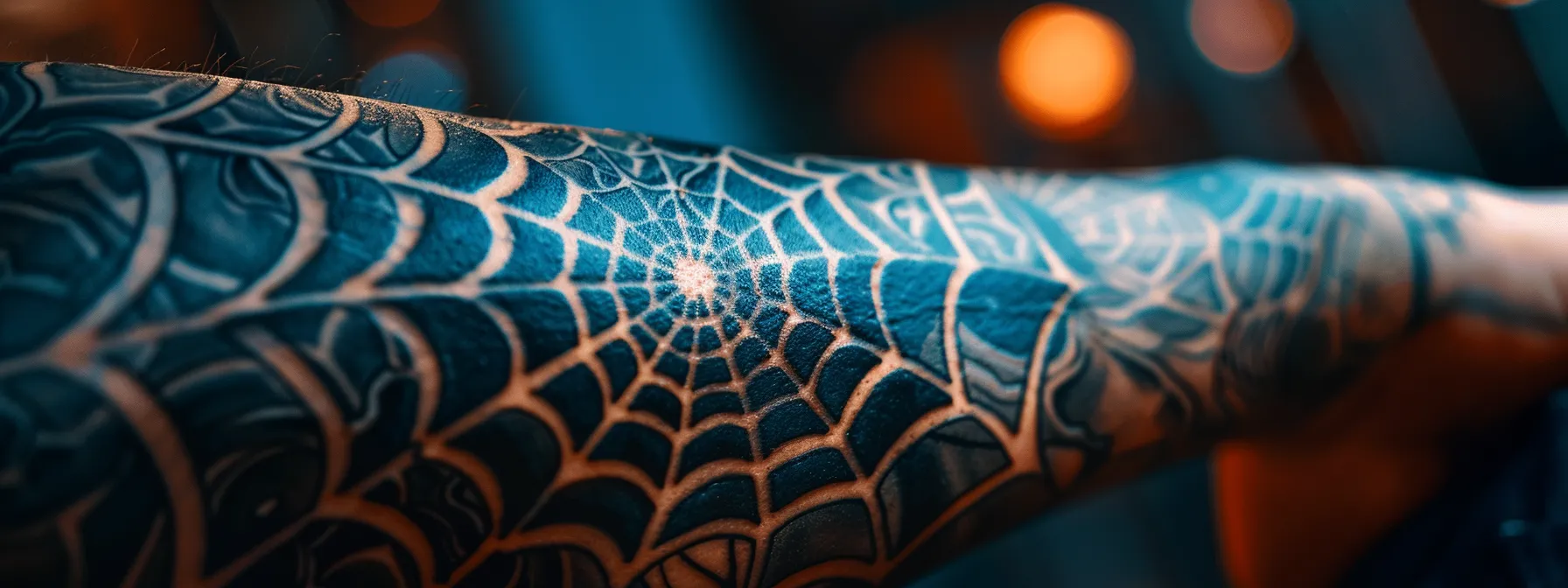
Spiderweb tattoos hold personal significance for many wearers. This section explores individual stories behind these tattoos and presents diverse perspectives from those who have chosen this design. By examining unique narratives, we gain insight into the varied meanings and motivations behind spiderweb tattoos in contemporary society.
Stories Behind the Tattoo
Spiderweb tattoos often carry deeply personal meanings for their wearers. Some individuals choose this design to commemorate overcoming addiction, with each strand representing a year of sobriety. Others use spiderweb tattoos to honor lost loved ones, incorporating names or dates into the web’s pattern. For many, these tattoos serve as reminders of life’s challenges and the strength required to navigate them, symbolizing resilience and growth in the face of adversity.
Diverse Perspectives From Wearers
Spiderweb tattoo wearers express diverse perspectives on their ink’s meaning. Some view it as a symbol of personal growth, representing the intricate web of life experiences that shape them. Others see it as a testament to their resilience, with each strand signifying obstacles overcome. For many, the design holds aesthetic appeal, chosen for its visual complexity rather than symbolic significance. These varied interpretations reflect the tattoo’s evolution from its historical roots to a versatile form of self-expression:
| Perspective | Meaning |
|---|---|
| Personal Growth | Web of life experiences |
| Resilience | Obstacles overcome |
| Aesthetic Appeal | Visual complexity |
| Historical Appreciation | Connection to tattoo culture |
Design Elements and Artistic Expression
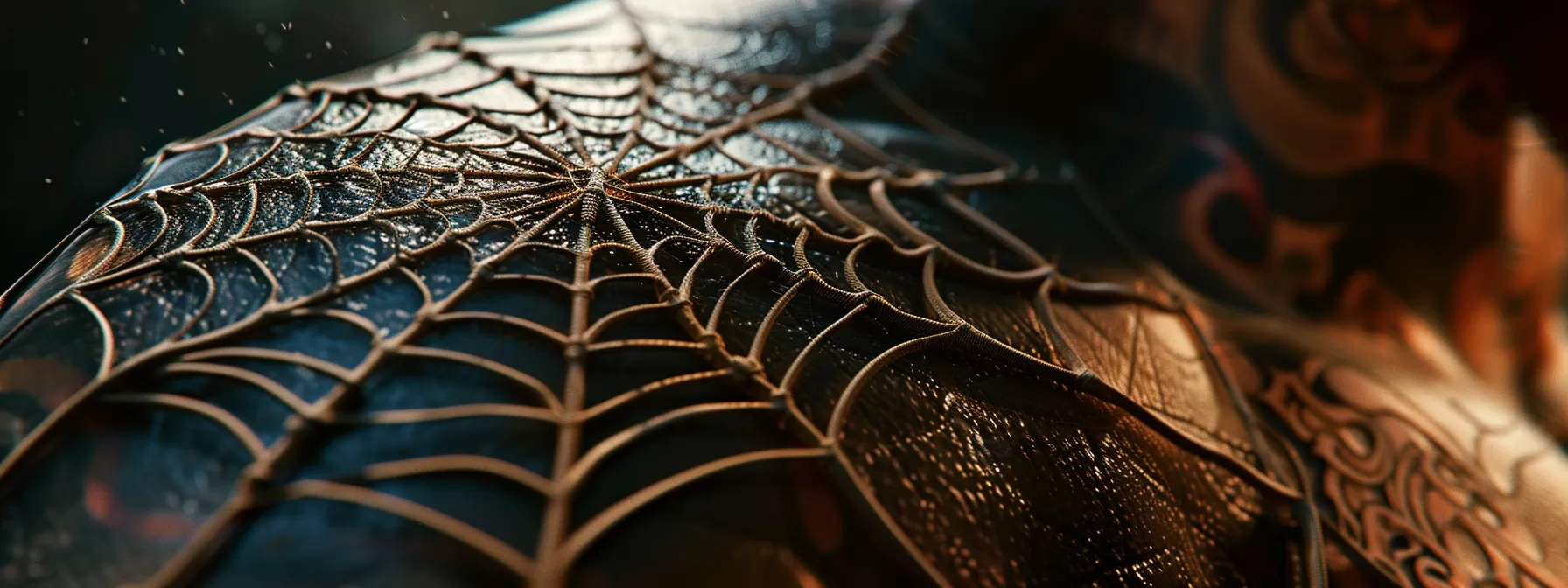
Spiderweb tattoos offer diverse design possibilities, from minimalist to intricate styles. Artists employ various techniques to create unique web patterns, often integrating them with other symbols for personalized meanings. This section explores the artistic elements and creative approaches in spiderweb tattoo designs, highlighting the versatility of this iconic motif.
Variations in Style and Technique
Spiderweb tattoo designs exhibit a wide range of styles and techniques, reflecting the artist’s skill and the wearer’s preferences. Traditional designs often feature bold, black lines forming a symmetrical web pattern, while modern interpretations may incorporate fine linework, shading, and color gradients for a more realistic or abstract effect. Some artists experiment with negative space, creating intricate webs that blend seamlessly with the skin, while others integrate 3D elements or optical illusions to add depth and complexity to the design.
Integrating the Spiderweb With Other Symbols
Spiderweb tattoos often incorporate additional symbols to create unique, personalized designs. Artists frequently blend spider motifs, roses, or skulls within the web structure, enhancing symbolism and visual appeal. Some designs feature trapped objects like butterflies or clocks, representing life’s challenges or the passage of time. These integrated elements allow wearers to express complex narratives and personal meanings through their tattoos.
Important Considerations Before Getting Inked

Before getting a spiderweb tattoo, individuals should carefully consider several factors. This section explores the importance of reflecting on the symbolism, choosing appropriate placement and design, and being mindful of cultural implications. Understanding these aspects helps ensure the tattoo aligns with personal values and social contexts.
Reflecting on the Symbolism
Before getting a spiderweb tattoo, individuals should carefully consider its complex symbolism and potential interpretations. The design’s historical association with prison culture and its evolving meanings in contemporary society require thoughtful reflection. Potential wearers should examine their personal connection to the symbol, ensuring it aligns with their values and intended message. Understanding the tattoo’s various connotations helps avoid unintended implications and ensures the design resonates with the individual’s personal narrative.
Choosing Placement and Design
Selecting the right placement and design for a spiderweb tattoo is crucial. The location on the body affects visibility and pain levels during tattooing, while the design’s size and intricacy influence its overall impact. Individuals should consider how the tattoo will age and potentially stretch with body changes. Consulting with a skilled tattoo artist can help ensure the chosen design complements the body’s natural contours and achieves the desired aesthetic effect.
Being Mindful of Cultural Implications
Potential wearers of spiderweb tattoos should consider the cultural implications of their design choice. While these tattoos have evolved beyond their historical associations, some cultures or social groups may still interpret them negatively. Individuals should research the potential impact of displaying such a tattoo in various professional and social settings. Understanding the cultural context helps ensure the tattoo aligns with personal values and respects diverse perspectives.
Conclusion
Spiderweb tattoos embody a rich tapestry of meanings, from their origins in prison culture to their modern interpretations as symbols of personal struggle and resilience. Their evolution reflects broader societal shifts in tattoo perception, challenging stereotypes and embracing diverse individual narratives. The artistic versatility of spiderweb designs allows for unique expressions of identity, blending traditional symbolism with contemporary aesthetics. Ultimately, the complex symbolism behind spiderweb tattoos underscores the importance of personal reflection and cultural awareness when choosing body art, emphasizing the power of ink to convey profound personal stories and experiences.



